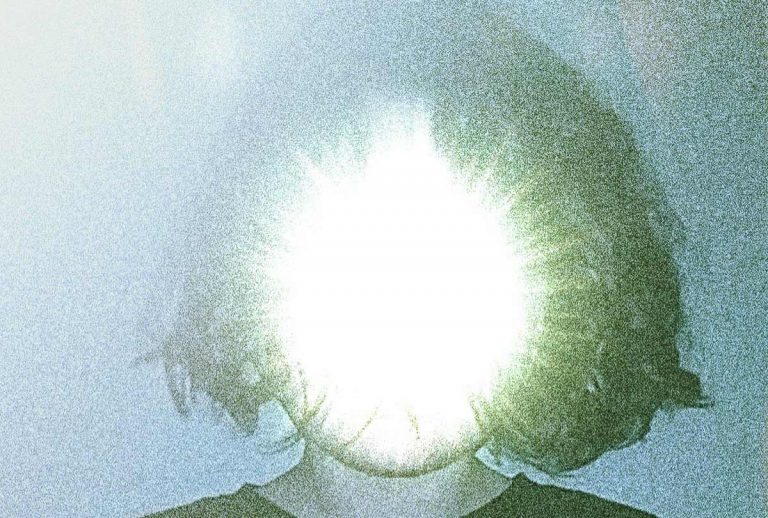Instagram fake product scams: How to detect and prevent fraud
What are Instagram fake product scams?
There are plenty of scams out there but a lot of people assume that on Instagram they are safe from phishing scams and the like. Because of the fact that people feel like Instagram is a very official and moderated platform, it is easy to get sucked in by the scammers.
What is the strategy of fake brand accounts?
Fake brand accounts mimic the look of a legitimate brand account and market ‘products’ via their own profile or by using the sponsored posts section of Instagram. Effectively, they are trying to sell you a product that is either not what it seems, or it simply never comes at all.
Steps
What steps do these scammers take to draw people in? What are the methods of the fake brand accounts to look out for?
Promises about exclusive discounts
A lot of fake brand accounts will offer exclusive discounts or huge savings that you would not get on the high street. They are able to do this because they are either not going to send a product to you at all or because any product they do send will be counterfeit. They might have a small print to say that the product is a replica, but a lot of the Instagram accounts that will scam you are ‘burner’ accounts so they don’t care if they get banned in a week or two, as long as they make sales.
Phishing emails
Some ads might request that you make your own profile on their site, or of course, they will ask you to sign up to place an order. This means that your details can be vulnerable. The scammers can collect details they don’t really need, and use these to try and scam you in other ways such as phishing scams which compromise your logins for other accounts.
Things to watch out for
How can you ensure that you are alert and vigilant and don’t get scammed yourself? What do you need to watch out for when you see an advertisement and think it might be a potential scam? How do you even spot a post that might not be trustworthy?
How to avoid fake brand accounts
What are the best ways to avoid fake brand accounts? You should always do a little bit of research before buying something, especially if it seems like you are getting an amazing deal. Remember the rule that if it seems too good to be true, it probably is.
Record searches
You can check public records in order to find fake brand accounts. You can use keyword public records searches to find out who is behind the social media accounts, searching by email addresses, keywords and any other details you have. If the name and branding of the Instagram account itself looks untrustworthy and unprofessional then this could be another sign something isn’t quite right.
Don’t share specific location data
Don’t compromise your location as some scammers can use this against you, and people who are involved in identity fraud can get a bigger picture from the location data. NBC news estimates that there are 65 million posts fraudulently posted each and every month on Instagram. Many of these are just trying to make a quick buck but some might have other plans to steal your information.
Be careful with personal details
Your personal details should be protected at all costs. All too often, people freely and simply throw out their personal details on whatever site people request them. This can be extremely dangerous. Though there are methods in place to try and safeguard people, not all websites abide by them, and scammers definitely won’t protect your personal details, instead, they may use them against you for identity fraud or other scams.
If you use the same password for an account you have made to try and get an Instagram discount, the scammers can often use these details to try and access other accounts you have made, and this can lead to them getting more than just a few dollars that you are spending on a discounted product.
Scammed on Instagram: What to do next?
What are your next steps if you have been scammed?
Report the scam
You can report the scam to ensure that it doesn’t happen to others, either through public records sites, Instagram’s own report function or your country’s government’s website, which allows you to report all sorts of different scams that might be dangerous to others. Follow this link to make a report in the US.
Claim the money back (if you can)
If you have paid on a credit card then you might be able to file a complaint and try and get your money back. If you used Paypal, a similar claim function exists but for this reason, a lot of scammers won’t accept Paypal.





